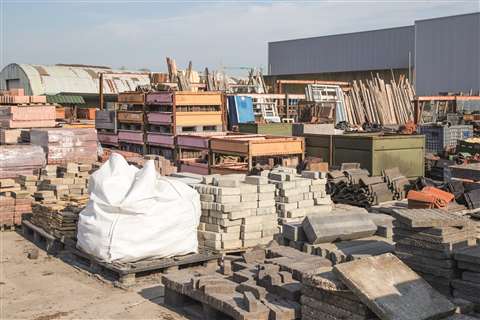EU cement price rises set to continue
16 January 2023
Construction industry analyst ING says the price of concrete, cement and bricks in Europe is set to continue rising, despite falling energy costs.
 As timber prices fall across Europe, contractors are seeing no reduction in the price of cement, concrete and bricks. Photo: Adobe Stock
As timber prices fall across Europe, contractors are seeing no reduction in the price of cement, concrete and bricks. Photo: Adobe Stock
In general, the price of timber and of metal ores has fallen steadily, since peaking in the middle of 2022. This, says ING, is largely due to an easing in supply chain issues for these materials, as well as a fall in demand, as economic forecasts for European countries has lowered.
An example of this is the 17% decline in output from sawmills in November 2022, compared with its peak in April 2022.
When surveyed in December 2022, however, close to a record number of producers of concrete, cement and bricks said they were planning to increase their prices in 2023.
This despite the fact that energy prices have now fallen significantly from their peak in the summer of 2022. In fact, European gas prices in December fell to a level not seen since before Russia’s invasion of Ukraine.
ING researchers believe the price of materials such as cement tends to be less volatile and slower to react to market conditions. For this reason, they began to rise later than metal ore and timber, which were already high as the coronavirus pandemic began to ease in Europe.
 Image: ING Research
Image: ING Research
For the same reason, prices are likely to remain high, while other building materials prices fall.
ING researchers believe buyers should not expect to see a lowering of these prices until a significant increase in sellers’ inventories is seen, as this will signal a slowdown in sales.
While they note that stock has been generally improving since the third quarter of 2022, they add that inventory levels are still generally low, meaning European contractors are unlikely to see any reduction in prices until at least the spring.





